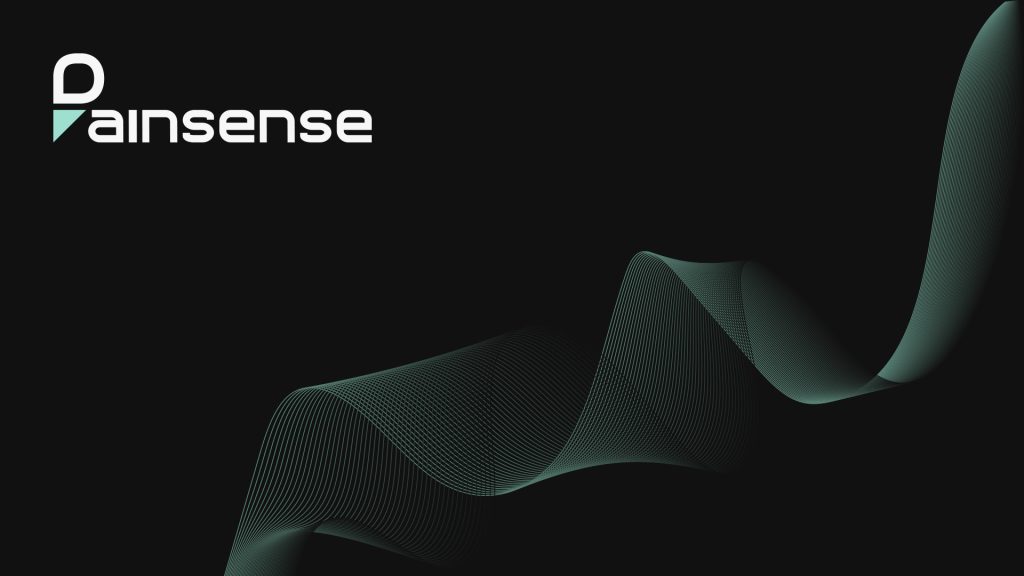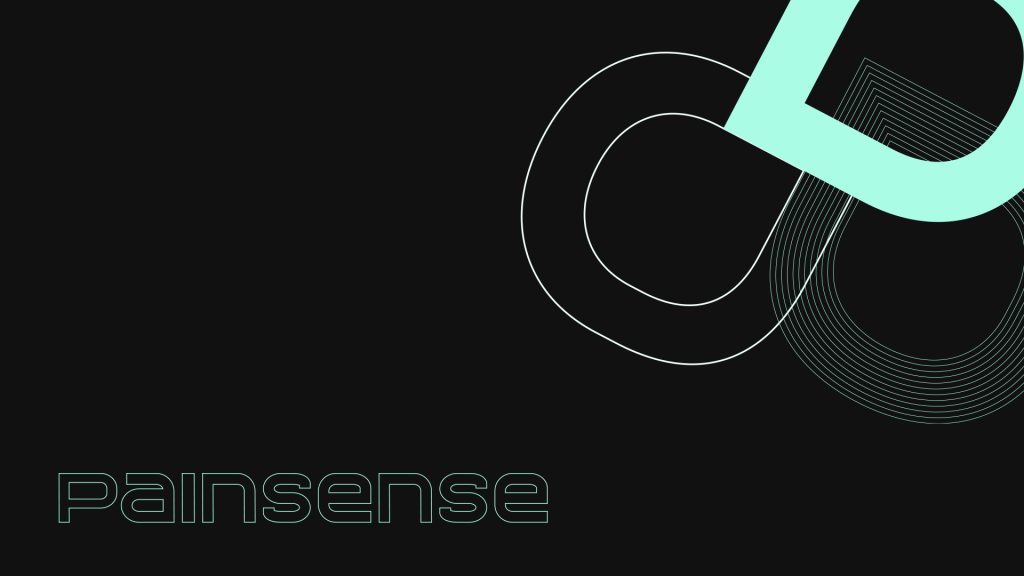Dr. Mohammadreza Jamalpour, the creator of PainSense, embarked on a transformative journey in pain management after a simple moment with his son. This interaction laid the groundwork for the creation of a groundbreaking device, designed to revolutionize the way pain is measured in clinical settings.
PainSense seeks to address the long-standing challenges of traditional pain measurement tools like the Visual Analogue Scale (VAS), providing a more accurate and quantitative solution. The advent of PainSense has the potential to change the way healthcare professionals understand, assess, and manage pain.

The Genesis of PainSense
The story of PainSense began with a deeply personal moment for Dr. Jamalpour. During a routine medical procedure, his young son squeezed his hand in pain. This small but meaningful act triggered a realization for Dr. Jamalpour: current pain assessment tools were inadequate. Devices like the VAS, which rely heavily on subjective reporting, often fail to capture the true intensity of a patient’s pain.
This experience drove Dr. Jamalpour to explore a more objective and quantifiable approach to pain measurement. The limitations of subjective pain reporting, which vary based on individual tolerance and communication skills, made it clear that a new method was needed. PainSense was created to fill this gap, offering a more standardized, reliable means of assessing pain.
Current pain scales, such as numerical ratings and facial expression scales, often fall short because they fail to consider the wide variation in how patients experience pain. This makes it difficult to tailor treatments to each patient’s needs. PainSense, with its unique approach, offers a breakthrough in the medical field, utilizing physical and mechanical means to measure pain intensity accurately.

How PainSense Works
A Mechanical Approach
PainSense marks a shift from subjective to objective pain assessment. The device uses a unique mechanical process to capture physical expressions of pain, transforming them into precise numerical data. With the help of pressure sensors, the device converts the force exerted by a patient into a quantifiable value. This ensures consistency across patients, eliminating the variability of subjective pain assessments.
The simple act of squeezing the PainSense device allows patients to communicate their pain levels physically. The device translates this pressure into valuable data that healthcare providers can use to better understand the patient’s pain intensity. This is a significant advancement for patients who struggle to describe their pain due to cognitive impairments, language barriers, or age.
The simplicity of PainSense is one of its standout features. Its design allows for easy use in various medical settings without requiring extensive training or additional equipment. Both patients and clinicians find it straightforward, and the data it provides is clear and actionable.
Why Accurate Pain Measurement Matters
Accurately measuring pain is crucial in many areas of healthcare, particularly in chronic pain management, post-surgery care, and other long-term treatment plans. Inaccurate pain assessments can lead to the over-prescription or under-prescription of pain medications, with serious consequences like opioid dependency or insufficient pain relief.
PainSense provides a more accurate method of pain measurement, allowing clinicians to develop tailored treatment plans for each patient. This leads to better outcomes and reduces the risk of over-reliance on opioid medications. Many physicians face challenges in balancing effective pain relief with the need to minimize the risk of addiction, and PainSense offers a more reliable tool to aid in this balance.

Broad Impacts of PainSense in Healthcare
PainSense has broad applications across various fields of healthcare. From managing acute pain in emergency rooms to providing long-term care in chronic pain clinics, the device offers a valuable tool for clinicians. It is particularly useful in fields like geriatrics and pediatrics, where patients may not always be able to effectively communicate their pain levels.
For instance, in geriatric care, many patients underreport pain due to cognitive decline or an unwillingness to burden healthcare providers. Similarly, children often struggle to describe their pain, leading to potential misdiagnoses or inappropriate treatments. PainSense bridges this gap, ensuring that all patients receive the pain management care they need.
Challenges and Triumphs in Development
While the idea behind PainSense may seem simple, bringing it to life was no small feat. Dr. Jamalpour faced significant challenges in developing a device that was both practical and accurate. The technical task of translating physical force into reliable data required extensive research and development.
Early prototypes of PainSense underwent rigorous testing to ensure durability and accuracy in clinical settings. Each iteration of the device provided valuable insights, which led to improvements in its design and functionality.

Scalability also posed a challenge. To make PainSense widely available, it needed to be affordable and accessible to healthcare providers around the world. Dr. Jamalpour collaborated with engineers, manufacturers, and medical professionals to ensure the device could be produced at a cost-effective price point without compromising on quality.
Despite these challenges, PainSense has emerged as a game-changer in pain management. Its success is a testament to Dr. Jamalpour’s perseverance and commitment to improving patient care.
Future Advancements and Implications
The future of PainSense looks promising. As more data is collected through its use in clinical settings, researchers can continue refining the device to make it even more sensitive and accurate. This may lead to specialized versions of PainSense designed for specific medical fields, such as oncology, where pain management is particularly complex.
There is also potential for integrating PainSense with digital health platforms. This would allow for real-time remote monitoring of pain levels, giving healthcare providers valuable insights into their patients’ experiences. This is especially important for patients with chronic pain who require ongoing management but may not always be able to visit a clinic.

Conclusion
PainSense stands as a pioneering achievement in the world of pain management. It moves the field away from subjective assessments and introduces a more objective, data-driven approach to measuring pain. Dr. Jamalpour’s journey from a personal moment with his son to the creation of a revolutionary medical device highlights the power of innovation and determination in healthcare.
PainSense is more than just a tool
it represents the potential of technology to improve the quality of life for millions of patients around the world. As it continues to evolve, PainSense is poised to reshape the future of pain management, offering hope and relief to those in need. Through persistence, empathy, and innovation, Dr. Jamalpour has created a legacy that will benefit generations to come.

